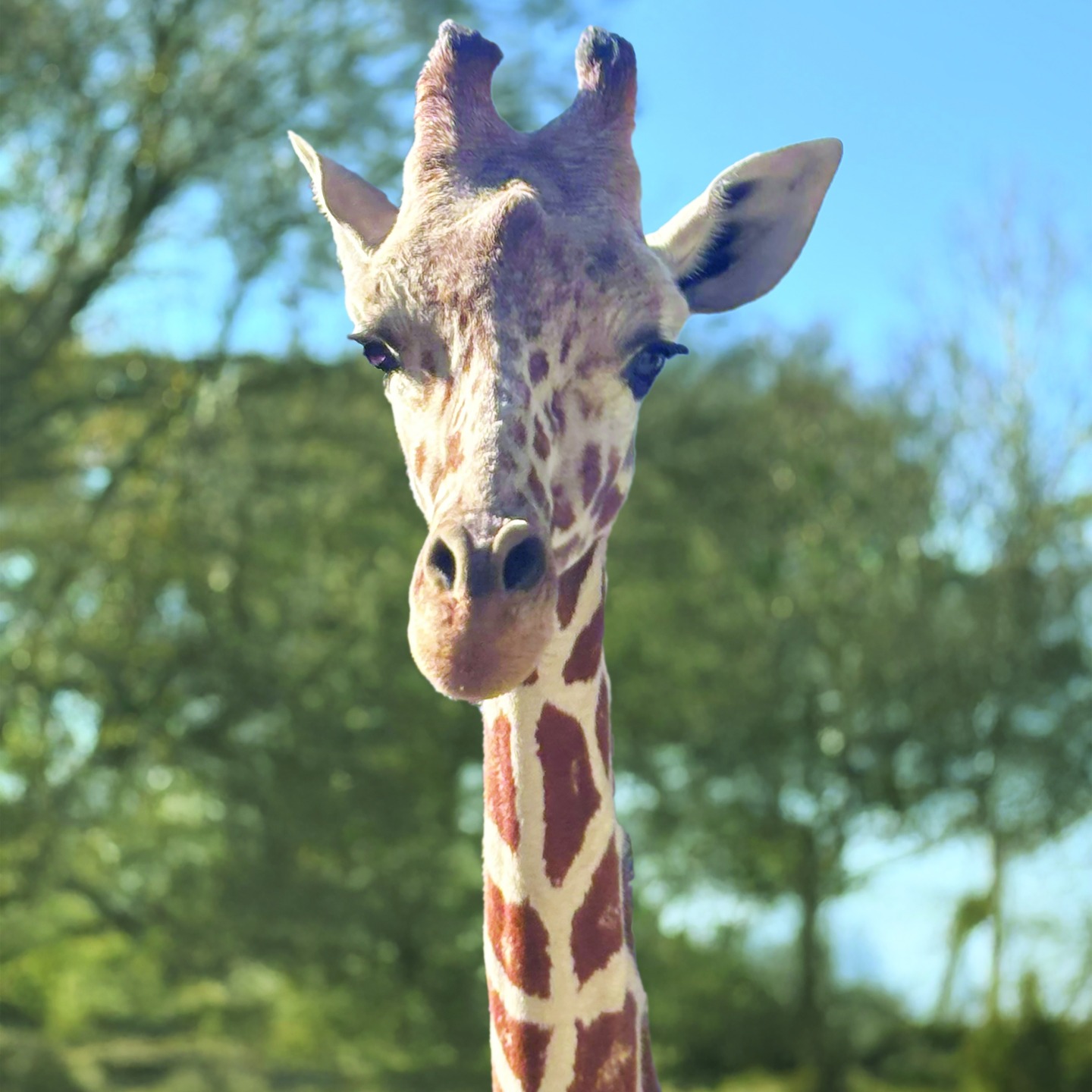- The social behavior and dynamics of giraffes in their natural and zoo environments.
- The role of environmental factors, such as climate and habitat, in influencing animal behaviors.
- Characteristics and development stages of juvenile giraffes like Tahini.
- The importance of visitor interactions and educational outreach in zoos.
- Conservation efforts for giraffes in native habitats and captivity.
Giraffes are intriguing animals known for their towering height, unique patterns, and graceful demeanor. Their social behavior, particularly within captive environments like zoos, offers fascinating insights into their adaptability and interactions. Giraffes live in loose herds characterized by a lack of permanent social bonds, and their mingling patterns can often be influenced by external factors like environmental conditions and human interactions.
Recently, one particular giraffe, Tahini, has caught the attention of visitors and zookeepers alike. As the smallest of her herd, her comfort in joining the group has been influenced by South Carolina’s warming weather and the increased opportunities for socialization it allows. This change in behavior underscores the adaptability of giraffes to their environment, whether it’s a sprawling savannah or a well-tended zoo habitat.
In wildlife conservation and zoo management, understanding animal behavior in various settings is crucial. Giraffes, despite their docile nature, can exhibit different social behaviors depending on weather conditions and space available. In their natural habitat, they are likely to spread out in search of food. Zoo environments, however, provide both challenges and opportunities for these animals. Keeping giraffes such as Tahini engaged and comfortable is often a priority, as it impacts both their well-being and the success of educational programs that aim to foster a deeper understanding and appreciation of these majestic animals.
Tahini represents a younger generation of giraffes, and like all juveniles, she is distinguished by certain physical characteristics. Notably, young giraffes like Tahini often have distinctive white patches within their brown spots. This trait gradually fades as they mature, leading to the solid pattern seen in adult giraffes. These markings are part of what makes each giraffe’s coat pattern unique from others, akin to human fingerprints. Observing these changes provides valuable insights into their growth and development, adding another layer of knowledge for zookeepers and researchers alike.
Engagement at zoos is two-fold: it not only influences the animals’ lives but also enhances visitor experience. Encouraging interactions with the animals, such as allowing visitors to meet Tahini at the feeding platform, serves vital educational purposes. It fosters an emotional connection and spreads awareness about the need to protect such species from the threats they face in the wild, including habitat loss and poaching. Zoos play a pivotal role in the conservation landscape, acting as agents for change and advocates for biodiversity.
In parallel, conservation efforts in giraffes’ native habitats focus on protecting their natural ecosystems and mitigating human-wildlife conflict. Conservationists work on strategies ranging from enforcing anti-poaching laws to creating protected areas that allow giraffe populations to thrive naturally. Captive breeding programs, such as those in which Tahini was raised, not only aim to safeguard genetic diversity but also serve as potential sources for rewilding initiatives should the opportunity arise.
As the global population continues to expand, balancing human needs with wildlife conservation becomes an ever-present challenge. Giraffes, with their serene presence, symbolize the broader narrative of wildlife conservation—a testament to the interconnectedness between humans and the natural world. By understanding and respecting this interdependence, we safeguard not only species like Tahini but all the inhabitants of our planet.
This educational and interactive approach in zoos, supplemented by scientific research and conservation policies, cultivates a deeper understanding of giraffes. It ensures both current and future generations have ample opportunities to witness the wonders of these creatures up close, reinforcing our collective responsibility to act as guardians of nature.
*****
Source Description
Guess who’s spending more time with the rest of the herd in their main habitat?
Tahini 🦒! With our SC weather warming up and comfort levels rising for all involved, our keepers are hoping she will continue to join the herd daily!
Tahini is easy to spot as our tiniest giraffe. You may also notice white patches within her brown spots— this is a typical characteristic for young giraffes that will gradually fill in as she matures.
Come meet Tahini at the feeding platform during your next visit!


